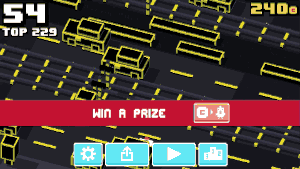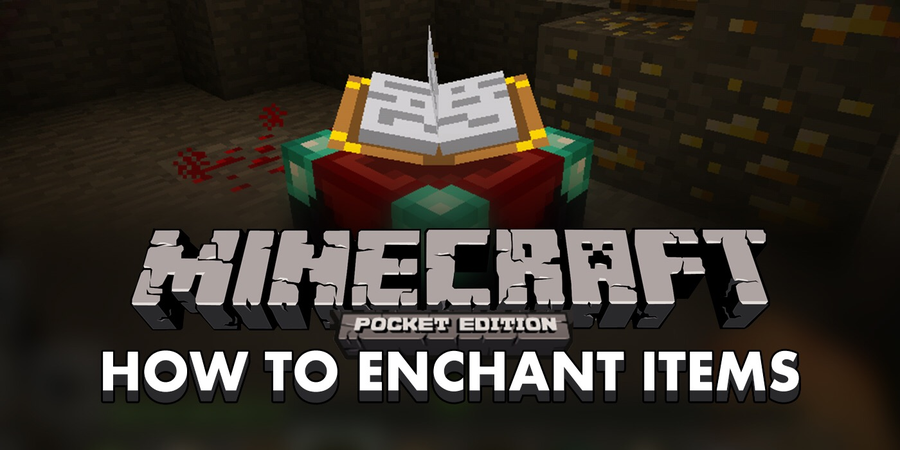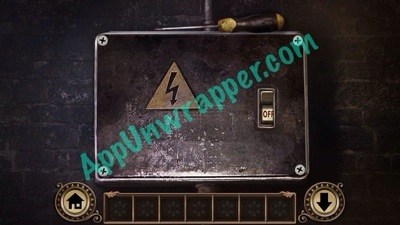

Introduction: Among the most feared of character types in a role playing game is the blaster. Whether a fire-throwing mage, machine-gun-toting soldier, or bomb-launching robot, these characters are respected not only for their ability to do phenomenal damage, but to attack multiple opponents at once. Their powers rarely come without cost, however, and the failure of their attacks is a larger setback for them than the failure of an attacker's stable strikes.
Blasters are the tide-turners of battles, able to attack multiple foes at once for high damage. However, they are not generally as good at attackers at causing solid damage turn after turn. In some games, they are limited in the number of times they can use their powers. In some (such as QoTR), they require extra time or effort to prepare their powerful attacks.
In Quests of the Realm, the blaster is represented by the direct preference.
Player Tactics: When playing a blaster, you should take care to understand your limits. Oftentimes, a large-area attack used in a thick melee will damage your allies as well as your enemies, limiting your effectiveness. If you have a limit to the number of times you can use your high-powered attacks, make sure they count, and be careful if you expect to meet several encounters before getting a chance to recover. If you require extra time or effort to utilize your skills, do what you can to ready your attacks during lulls, before battles, or in other safe periods as allowed by the game.
You don't want to go overboard with a blaster. One way or another, it will likely lead to burn out. Just because you can attack multiple foes doesn't mean you will succeed to hit them all, and there are often abilities available that can counteract an attack for all involved. In QoTR, for example, defenders have an ability called ?intervene?, which allows them to negate an action in its entirety. A successful intervention, thus, can counter a blaster's powerful attacks for all involved, resulting in wasted energy.
Bear in mind both your damage potential and your ability to attack multiple opponents. Together, these advantages make you the best choice for dealing with large groups of fodder foes. Don't waste extra effort dealing with individual opponents. With a blaster, it is all about getting the most out of every action.
Although all combinations can be effective, a blaster/attacker creates the potential for incredible damage, and also ensures that you have something to fall back on when you can't use your high-powered attacks. A blaster/speedster can get off its attacks faster, which leads to swifter victory but also a higher chance of burnout. Adding a defensive ability to a blaster makes for a fearsome opponent, while a blaster/trickster can wipe out entire enemy forces without even being seen.
GM Tactics: Putting blasters up against the party is always a risk. Since they are such capable damage dealers, and can attack the entire party at once, they are incredibly dangerous opponents. A blaster of roughly equal level to the party, backed up by other opponents, can make for a good challenge. A higher-level boss blaster is a deadly threat, but might not last long enough to be useful, since most parties will concentrate immediate and overwhelming attack to defeat such a foe before it can demolish them. Groups of elite or fodder blasters create a complicated scenario, since everyone has to defend against every attack from the enemy group. Generally speaking, if you want the party to have a good chance of winning, you should keep the number of blasters in any enemy group low.
As mentioned, the best way to use enemy blasters is to join them with other character types. A particularly effective tactic is to get a blaster with strong defenses. There is a good chance that the party will concentrate (and waste) significant effort on that opponent, allowing other foes the opening. If they don't, well, then they risk the power of the blaster's attacks.
In role playing games, blasters are feared for their ability to deal significant damage to multiple foes at once. Players can use blasters to eradicate large groups of fodder foes quickly and deal significant harm to boss opponents. However, overuse of a blaster's capabilities is likely to result in burnout, especially over a prolonged fight or series of fights. Enemy blasters can be devastating to the party, and are best kept to a minimum. In all cases, the ideal way to use blasters is not to try to pour everything they have into maximum-power assaults, but to use their puissant powers with deliberate decisiveness.




 How to build an enchantment table, and enchant items in Minecraft: Pocket Edition (0.12 tutorial)
How to build an enchantment table, and enchant items in Minecraft: Pocket Edition (0.12 tutorial) Moy 3 Virtual Pet Game Hack & Tips for Coins - AppGameCheats.com
Moy 3 Virtual Pet Game Hack & Tips for Coins - AppGameCheats.com Simcity Buildit Wiki Guide » Wiki Guide Tip
Simcity Buildit Wiki Guide » Wiki Guide Tip Picture IQ Answers for Puzzle Level 581-600
Picture IQ Answers for Puzzle Level 581-600 Escape From Darkmoor Manor: Walkthrough
Escape From Darkmoor Manor: Walkthrough